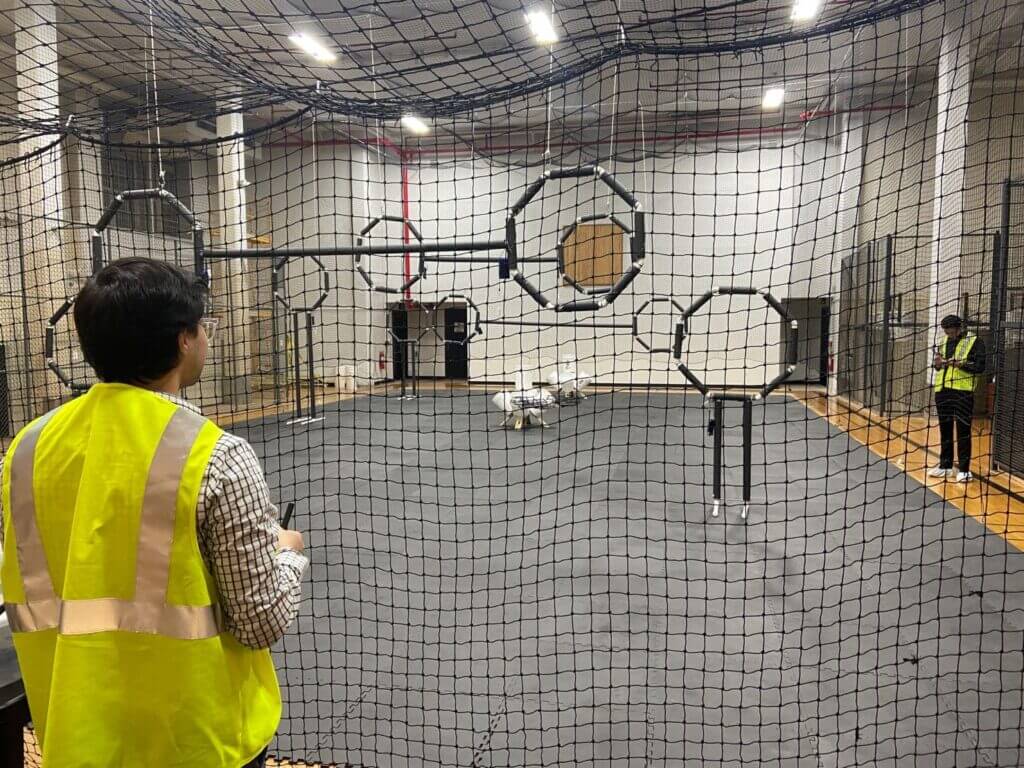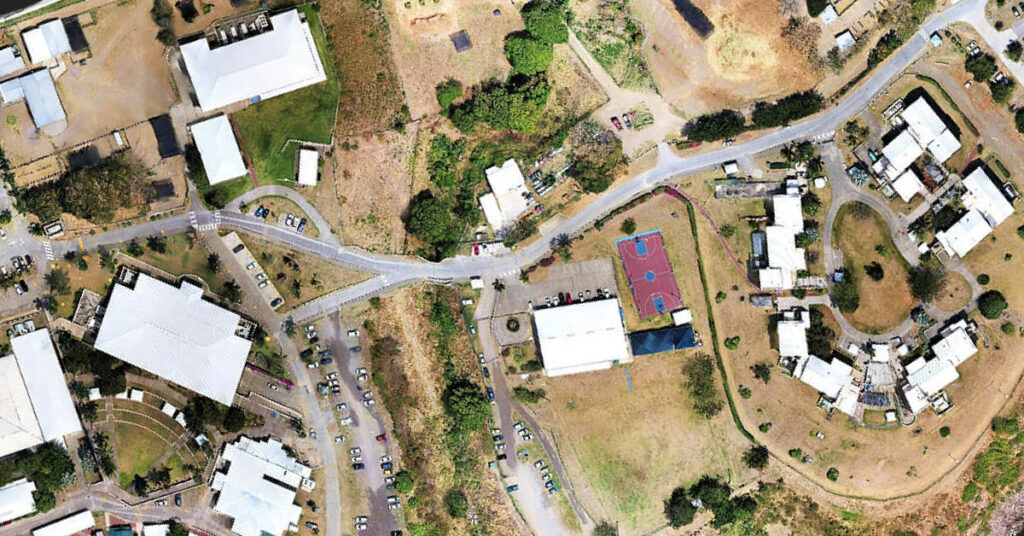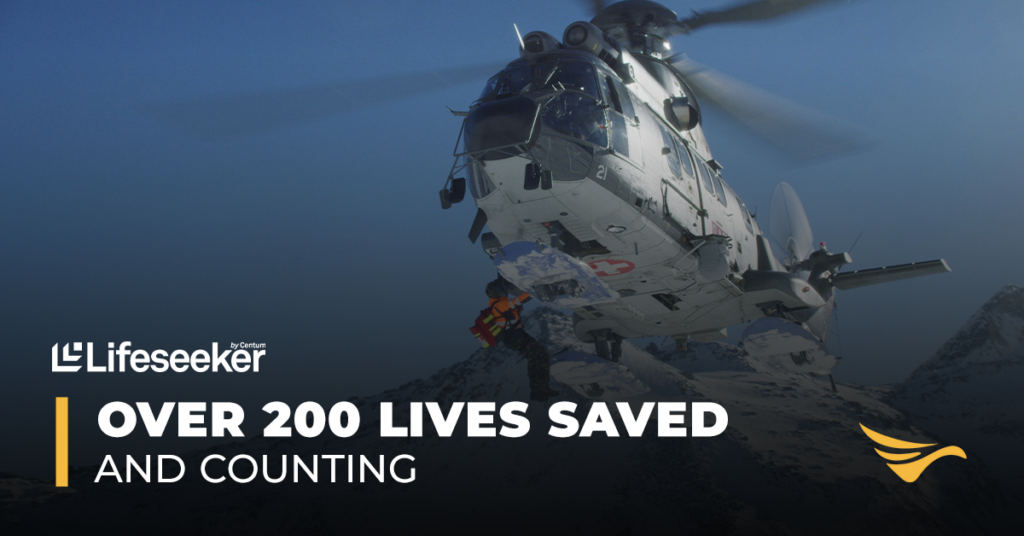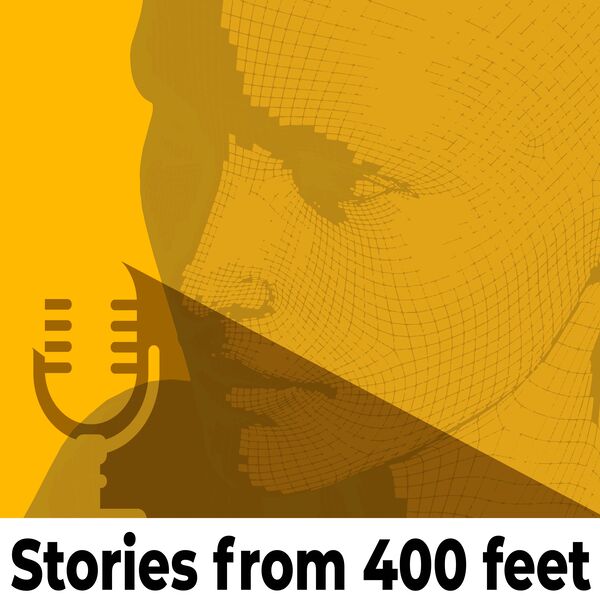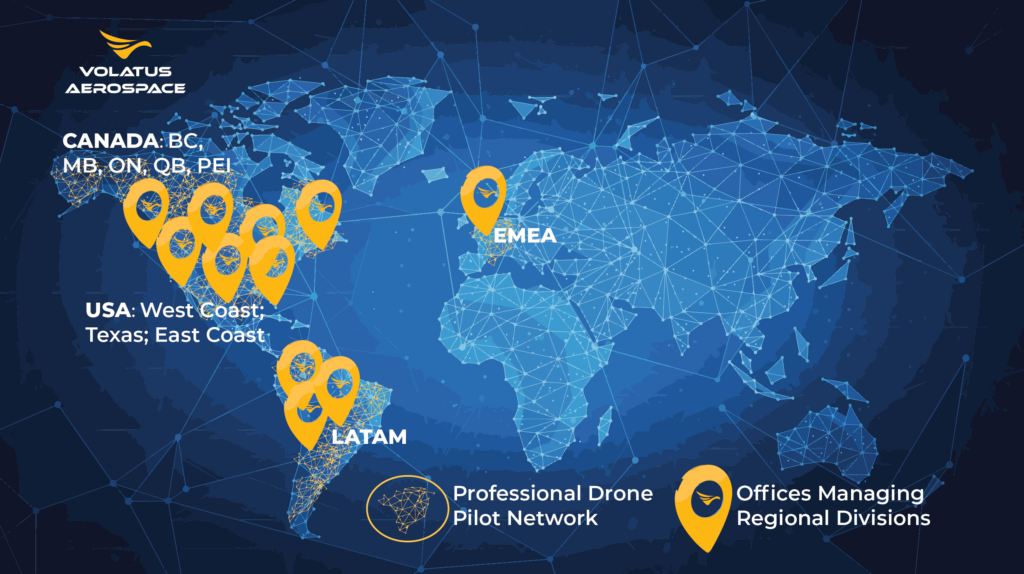It isn’t possible to understate the important role that schools and universities have to play for the growth of the drone industry. Schools are where children and young adults encounter ideas about what they can do with their future, and colleges and universities set the standards of instruction, methodology, and research for how they approach their future careers.
The tools we learn with are the tools we use.
We can introduce new tools after someone has started their career, but, as we are seeing in today’s market, once a system is in place it is challenging to change it. It isn’t impossible, but the rate of adoption is much slower. The trick is to make it part of the system from the start—make it so new employees don’t want to do their jobs any other way. This is all to say that if students aren’t being taught how to do their jobs with drones, it will be that much harder to get them to use them later.
Programs that focus on building awareness and skills with drones is how we build that familiarity. Today, there are only a handful of programs out there that include drones in their curriculum. The good news is that this is changing. New programs, like those at the University of Albany, New York, are being developed more rapidly as they become more mainstream.
Adjunct Professor and Director of Business Development at Volatus Aerospace, Joe Scaperrotta, heads up the Unmanned Systems program for the College of Emergency Preparedness, Homeland Security, and Cybersecurity, where he teaches everything from maintenance and block coding to flying and practical use cases for drone applications.
“The plan is to build a safe flight school for the students, teach them the fundamentals of block coding, and how to efficiently and safely repair a drone,” said Scaperrotta. “With my background as a certified repair technician for DJI, I can teach the students how to do repairs like how to split a Mavic mini apart, how to remove a gimbal off it and solder a new one on, and how to properly calibrate it. Repairing these drones helps students have a good understanding of the technology and helps them figure out whether they enjoy working with their hands, or if they’d rather work on the software end of things.”
For those who are more inclined toward software development, students learn how to code their drones as well.
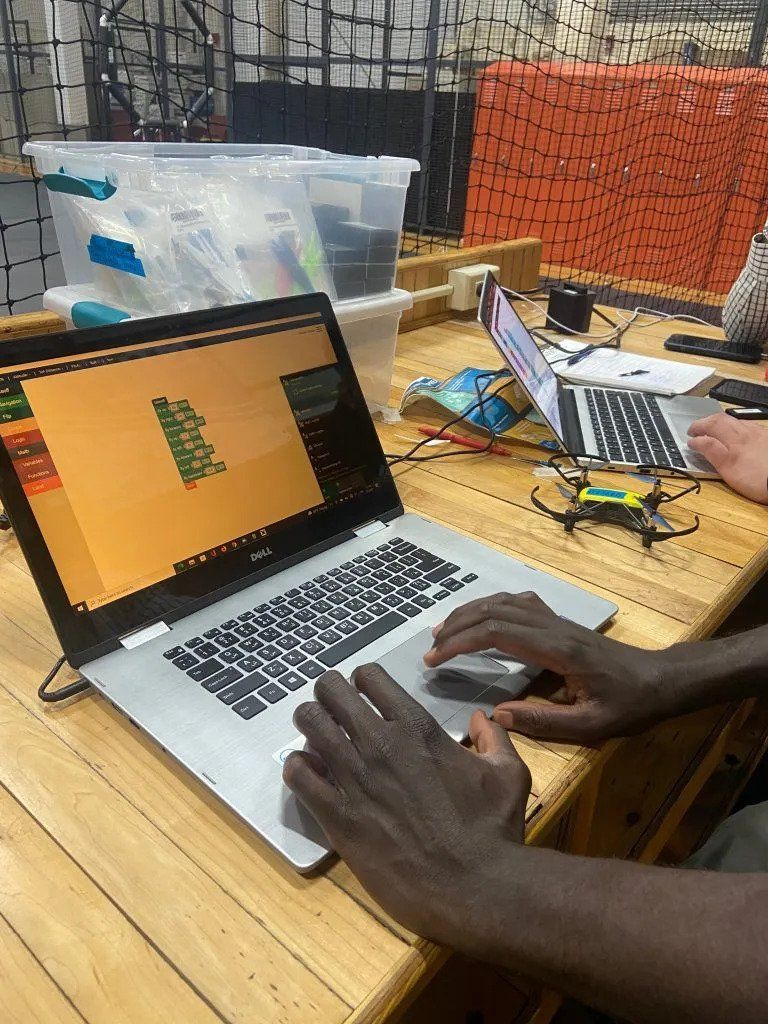
“Using DroneBlocks, students can develop If/than statements or customized flight paths with the drone,” explained Scaperrotta. “They pre-program flights from take-off to landing, developing custom missions. From there we can also have them simulate certain types of operations, like power line inspections. This takes it beyond block coding to developing an understanding of what is involved in these operations, establishing standard operating procedures, safe flight practices, and pre-flight checklists.”
Scarperotta’s goal for the program is to equip students with essential knowledge about drone technology that will guide them along their career path.
“Drones are just another tool to help students become engaged when learning about STEM applications and careers,” he began. “Our program gives students two perspectives on future career paths—computer science and programming and the drone industry.”
In addition to regular lecture-style classes, Scaperrotta has overseen the development of an indoor drone lab made from a converted basketball court and intends to build a NIST-like course for his public safety students to practice tactical indoor operations.
Wanting to support the surrounding community, the drone lab is available to all members of the community who want to learn more about drone technology.
“The goal is to engage the community as much as possible by providing community-based learning,” stated Scaperrotta. “We plan to develop several different drone camps, such as Part 107 camps, and U.S. Drone Soccer, drone basketball, or drone racing leagues. The camps would teach students about Part 107, so they are prepared to take their test.”
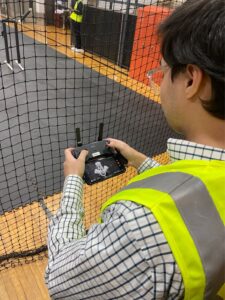
Scaperrotta sees his roles as both an adjunct professor and a Director of Business Development at Volatus Aerospace as an opportunity to support students who are interested in mentorship and internship programs to gain real-world experience and make important connections, helping students make that final step from academics into the drone industry. This transition can often be the trickiest. There are a lot of shifting players and roles in the industry, and it is small, making it challenging for new employees to figure out where they can fit.
He also stresses that drones are a tool that can be used in multiple applications and students don’t necessarily have to follow a direct path into the industry—they may just end up using them in the course of doing their everyday jobs.
“The key word is that a drone is a tool,” emphasized Scaperrotta. “For instance, construction companies are buying and using drones and it is just like another truck on the job site. This is the perspective we should have as an industry.”
Considering drones as a tool significantly changes how we should be approaching drones across stakeholders from the manufacturer and regulator to the pilot. A manufacturer making a drone for industry use will have to make it as easy as possible to operate. Airspace regulators will have to understand that the people who will have to use this technology, and be safe using it, won’t necessarily be aviation specialists. And finally, what a drone pilot looks like will take many forms from a full-time service provider to a subject matter expert who just needs to capture data or a public safety officer who needs eyes in the sky.
This is why we need programs like those at the University of Albany: To teach students about the many ways drones can be used and applied so that they realize the many paths that learning about drones can take them on, and the value it can add to their future careers.
